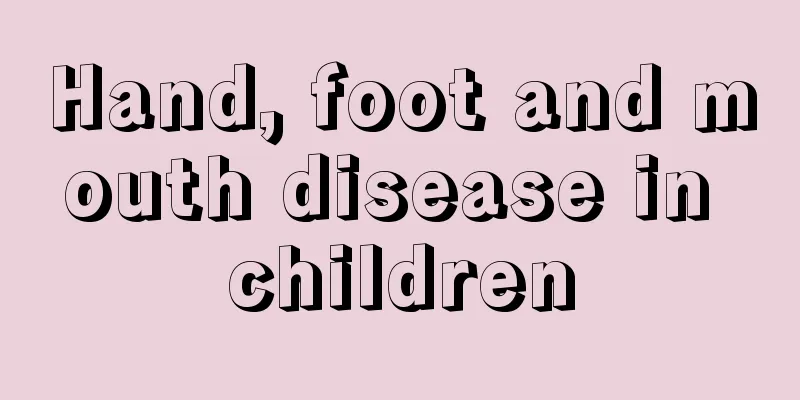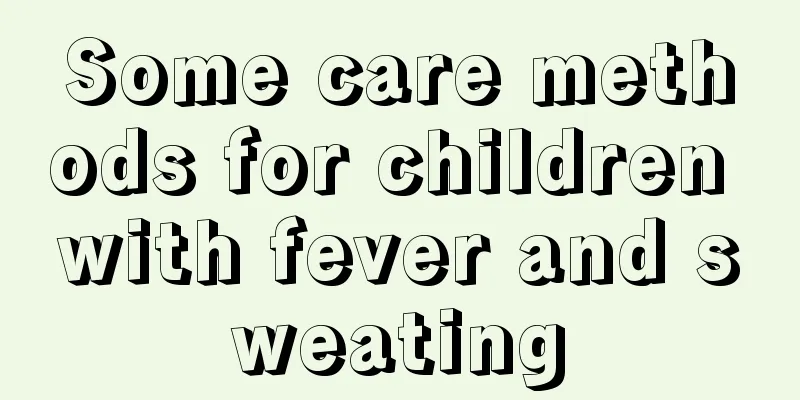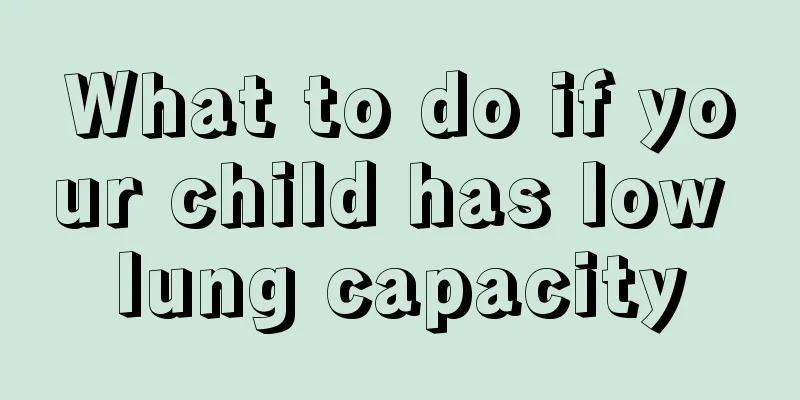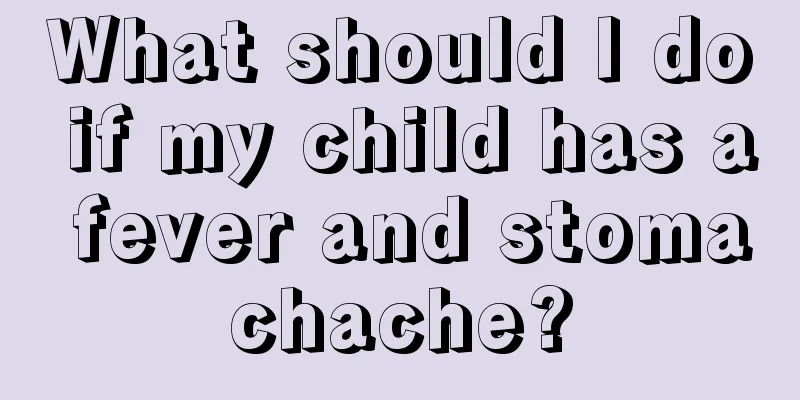What to do if your child has a fever of 395 degrees

|
When a child has a fever of around 39.5 degrees, it is considered a high fever and he needs to go to the hospital for examination as soon as possible. In addition, as a parent, you also need to prepare some cold towels to put on the forehead for ice compresses and dissipate body temperature appropriately. The room cannot be sealed for a long time, and ventilation can be maintained in a small amount. Don't cover too many things to avoid affecting heat dissipation. Is it serious if a child has a fever of 39 degrees? Fever in children is very common. Generally, if the temperature is below 38.5℃, there is no need to go to the hospital and only home care is needed. When a child has a fever and the temperature is above 39 degrees, it is considered a high fever. Parents should take the child to see a doctor immediately and take timely antipyretic measures. A fever of 39 degrees is considered a high fever. Generally speaking, if the child's complexion is normal or flushed, he or she can be safely cared for at home; if the complexion is dull, yellow, blue, or purple, and the eyes are dull, it means that the condition is serious. When a child has a fever, parents should not blindly reduce the fever. Instead, they should go to the hospital to find out the cause of the fever and provide appropriate treatment based on the results. Because fever is a normal defense reaction of the body, colds, leukemia, and even other diseases can all show symptoms of fever. A high fever of 39 degrees is indeed serious, but most people mistakenly believe that a high fever that does not go away will damage the brain. In fact, whether high temperature can damage the brain is related to the temperature and duration. Only when the body temperature exceeds 42 degrees and persists for a long period of time will the body's proteins begin to denature, causing direct damage to the brain! Most of the diseases that affect intelligence and brain development are meningitis or hypoxic encephalopathy caused by constant convulsions. These are all due to the course of the disease itself, not the temperature; and most of these diseases will have symptoms of persistent high fever (even if the temperature is below 42 degrees). This has led to the common misconception that high fever can damage the brain. The basic way to distinguish between the two is to observe the child's appetite and energy. In the case of serious infections such as meningitis or sepsis, children will have poor appetite and activity, become drowsy all the time, and may vomit if the intracranial pressure increases. Therefore, when a child has a fever, parents must "observe the child's words and expressions" and seek medical attention immediately if they find the above symptoms. The dangers of fever in children 1. High fever convulsion, commonly known as seizure: Infants and young children still have an incompletely developed nervous system and imperfect temperature regulation, so they are prone to fever after heat injury or cold. If the body temperature rises above 39°C, it is easy to cause convulsions. The baby's muscles are rigid all over his body, his limbs twitch, his eyes roll up or stare, and he is unconscious. The attack usually lasts only a few seconds and he will regain consciousness quickly. A single high fever convulsion will not have a major impact on the child, but if it occurs repeatedly and lasts for a long time, it will cause damage to the brain. 2. Dehydration fever: For every 1°C increase in body temperature, the amount of water released per kilogram of body weight per hour increases by 0.5 ml. When you sweat profusely while taking antipyretics, you lose more water from your body. Dehydration not only makes it difficult to reduce fever (dehydration itself can cause fever in young infants), but also affects metabolism and blood circulation, causing acidosis, etc. 3. Asphyxia syndrome due to overwarming: When the body temperature exceeds 41°C, the face becomes pale or cyanotic, the mind becomes unclear, the eyes become straight, the limbs become stiff, the reaction becomes slow or the person becomes unconscious. Due to excessive sweating and dry skin, which feels like hard clothes to the touch, children with severe conditions often die from secondary internal bleeding or internal bleeding. Or leave sequelae of encephalopathy. 4. Infectious diseases: In winter, some parents do not let their children go out and keep them in heated rooms all day. If you get hot, it is very easy to cause infectious diseases. This is because children's respiratory tract has not been trained to withstand cold for a long time and has become weak and vulnerable. Once you go out, you are likely to get a respiratory infection. Causes of fever in children 1. External factors: Children's body temperature is affected by the external environment, such as wearing too many clothes when it is hot, drinking too little water, and poor ventilation in the room. 2. Internal factors: illness, cold, tracheitis, sore throat or other diseases. 3. Other factors: such as preventive injections, including measles, cholera, diphtheria, pertussis, tetanus and other reactions. |
<<: Why can't the child urinate?
>>: What to do if your child can't poop?
Recommend
Children's dinner recipes
Children's nutrition is extremely important. ...
On which day is chickenpox most serious in children?
There are actually many infectious diseases aroun...
What to do if your child has a stomachache and vomits
Stomach pain is common in children, but it is oft...
What foods can supplement children's poor memory?
With the development of economic life, more scien...
Symptoms of Chlamydia infection in children
The main symptom of chlamydia infection in childr...
What is the most nutritious breakfast for children?
The growth of children is something that parents ...
The dangers of blue lips in babies
All parents hope that their children are healthy....
Reasons why babies cry when they sleep
In fact, parents need to pay special attention to...
What should I do if my child has a bump on the back of his head?
Children love to play, and sometimes it is common...
Small blisters on the child's arm
If you find small blisters on your child's ar...
How to treat mycoplasma pneumonia in babies
Mycoplasma pneumonia in babies is a common and re...
Baby coughing before bed
The physical health of children is often the most...
What to do if a 5-year-old child has a picky eater
A 5-year-old child has a certain cognitive abilit...
What should I do if my four-year-old baby has cavities?
Many children around four years old have black te...
How to deal with milk allergy in newborns
In life, newborns have all kinds of problems, and...









